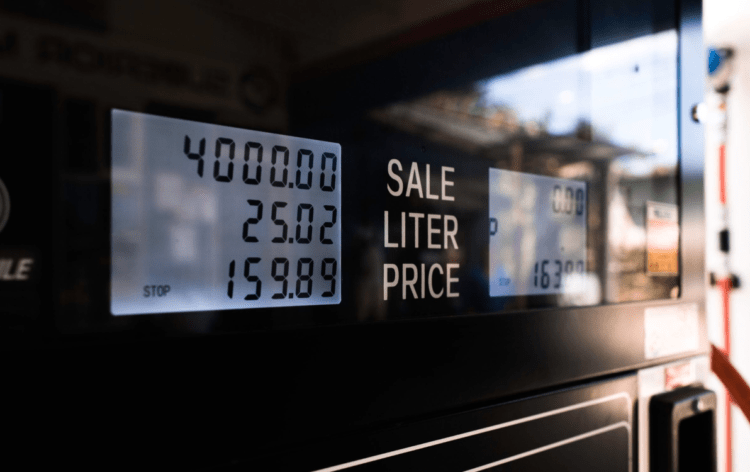Australia Set For The Second Consecutive Year Of Record Gasoline And Diesel Imports

Australia’s reliance on imported gasoline and diesel has been on the rise in recent years. In fact, the country is set for the second consecutive year of record gasoline and diesel imports. This trend has been driven by a variety of factors, including increasing demand for transportation fuel, declining domestic production, and changes in global oil markets.
In this article, we will delve into the latest situation of gasoline and diesel imports in Australia, exploring how active the market is and how it has evolved over time.
More Details About Fuel Import in Australia
Australia’s reliance on imported gasoline and diesel has been steadily increasing over the years, as domestic production of crude oil has been in decline and demand for transportation fuel has been on the rise. According to the latest data from the Australian Department of Industry, Science, Energy and Resources, in the year 2020-2021, Australia imported 25.3 billion litres of gasoline and 25.8 billion litres of diesel.
Most of Australia’s imported gasoline and diesel comes from Asia, with Singapore being the primary source of fuel imports. In fact, Singapore alone accounted for over 50% of Australia’s total fuel imports in the year 2020-2021. Other major sources of fuel imports for Australia include South Korea, Japan, and Malaysia.
Australia’s fuel imports are primarily sourced from crude oil, which is refined into gasoline and diesel. However, Australia also imports some refined fuel products such as jet fuel and LPG. The majority of crude oil used to produce gasoline and diesel in Australia is also imported, with the Middle East being the main source of crude oil imports.
One of the main trends in Australia’s fuel import market is the increasing use of diesel. In recent years, diesel has become the dominant fuel in Australia’s transport sector, accounting for around 60% of total fuel consumption. This shift towards diesel has been driven by a variety of factors, including the growth of the mining and agriculture industries, as well as the popularity of diesel-powered passenger vehicles.
Another trend in Australia’s fuel import market is the increasing focus on fuel quality standards. Australia has implemented strict fuel quality standards, which require imported fuels to meet specific criteria related to sulfur content, octane rating, and other parameters. This has led to increasing demand for higher-quality fuels, which has in turn driven up the cost of fuel imports.
In conclusion, Australia’s fuel import market is a significant and growing market, driven by a variety of factors including declining domestic production, increasing demand for transportation fuel, and changing global oil markets. Most of Australia’s fuel imports come from Asia, with Singapore being the primary source. The increasing use of diesel and the focus on fuel quality standards are two key trends that are shaping the market. As Australia’s economy continues to grow, it is likely that the country’s reliance on imported fuel will only continue to increase.
Current Situation: Statistics of Fuel Import in Australia and Expectations
It is expected that Australia’s imports of gasoline and diesel are projected to rise by 2% this year, setting a new record for the second consecutive year. The increase is due to a decline in domestic production and a post-COVID economic recovery that has led to a surge in fuel demand. The majority of gasoline imports are expected to come from Singapore and South Korea, which currently supply around 80% of Australia’s gasoline purchases, as per data from Rystad Energy and Wood Mackenzie. Diesel imports are also expected to rise, driven in part by a projected 0.6% increase in consumption to around 600,000 barrels per day, as estimated by consultancy firm Energy Aspects.
Traders and analysts predict that gasoline imports will increase in the near term due to the recent five-week outage at Ampol’s Lytton refinery in Brisbane, which produces gasoline, and maintenance work scheduled for May at Viva Energy’s refinery near Melbourne. These events have created an opportunity for fuel sellers in Singapore and South Korea, as they are expected to provide a significant portion of the increased imports required to offset the decline in domestic production.
In 2021, Australia’s diesel imports reached a historical high of approximately 480,000 bpd, while gasoline imports reached around 166,000 bpd, according to Australian government data. The FCC unit outage at Ampol’s refinery is anticipated to increase gasoline imports by an average of 3,000 bpd for the year, as stated by Wood Mackenzie, an energy consultancy.
As Australia’s economy continues to grow, the demand for transportation fuel is expected to increase further, making it likely that the country’s reliance on imported fuel will continue to rise. The situation underscores the importance of fuel quality standards to ensure that imported fuels meet specific criteria relating to sulfur content, octane rating, and other parameters. As the demand for higher-quality fuels continues to grow, it may lead to a further increase in the cost of fuel imports for Australia.


























Comments (0 comment(s))